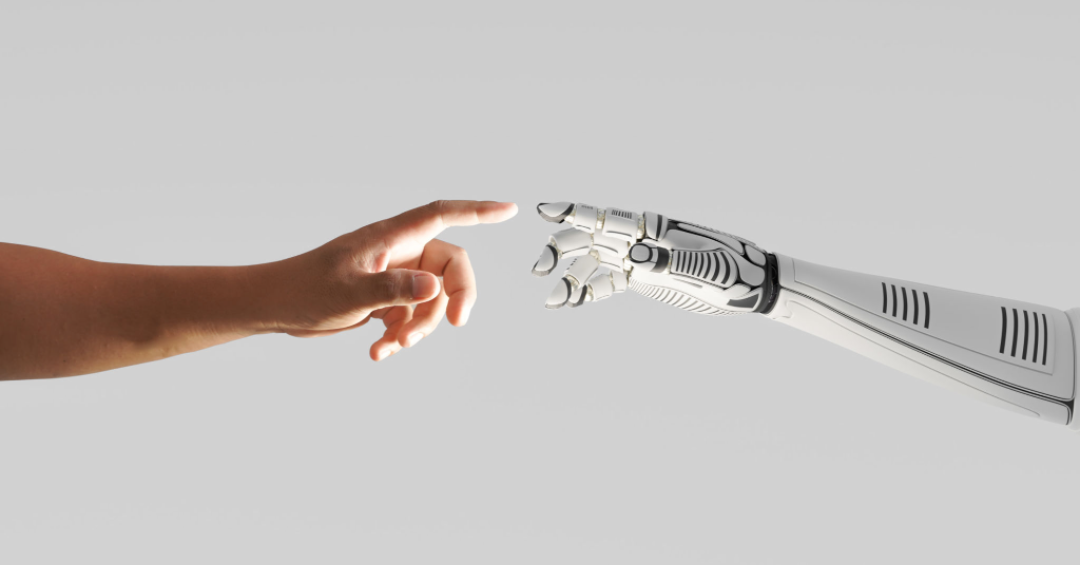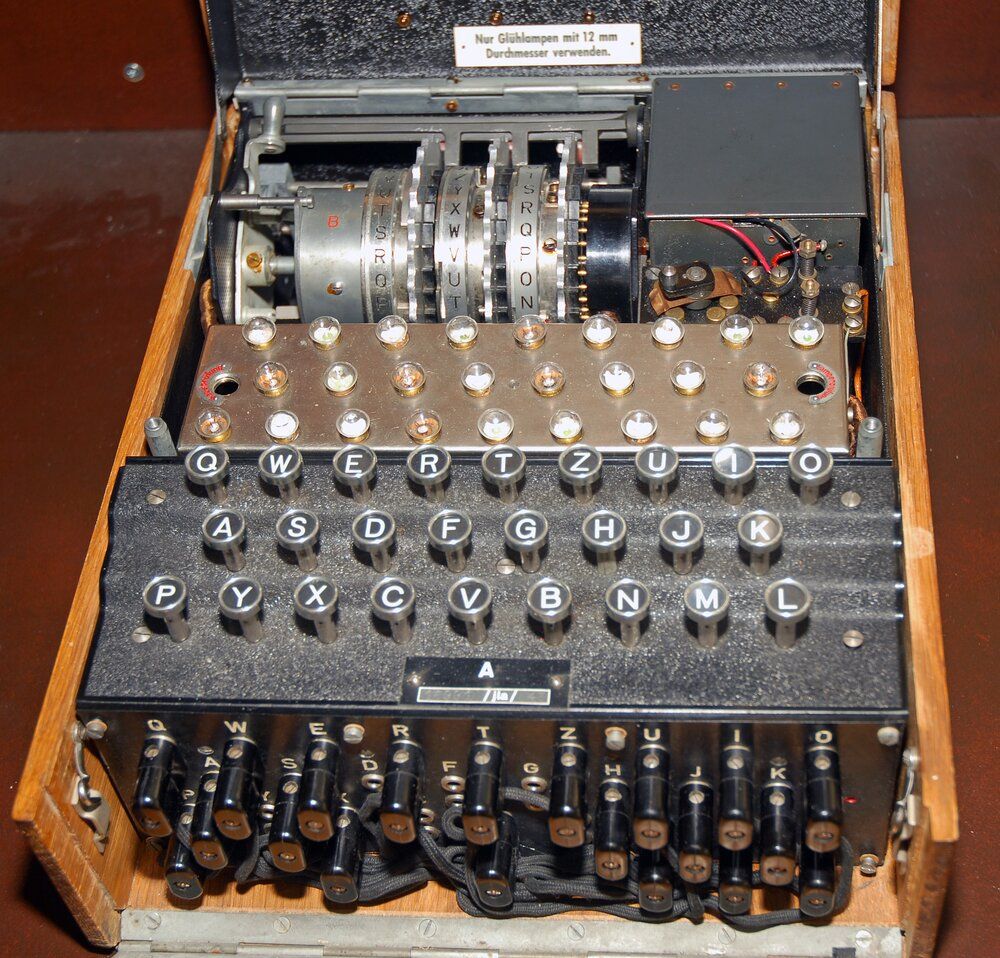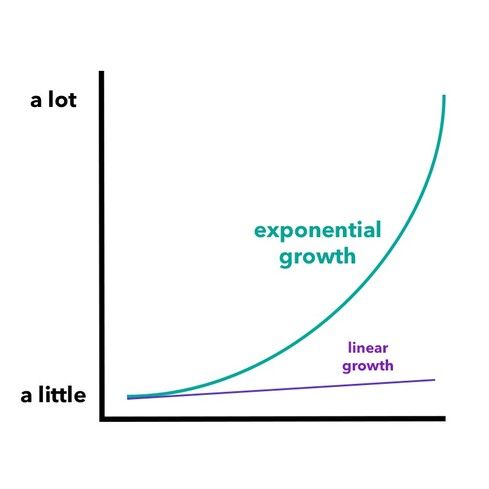Flying higher with a co-pilot

Ray Kurzweil (if you don't know who he is, take a look here - wrote a book back in January 2000, called "The Age of Spiritual Machines: When Computers Exceed Human Intelligence".
The book is a comprehensive exploration of the application of Moore's Law, with the increasing computational power and how it will change the way we interact with machines. Although I disagree with the subtitle of the book, "When Computers Exceed Human Intelligence," it leads us to interesting reflections.
I disagree with the subtitle because I believe we are still far from a general artificial intelligence model. To understand what a general model is, think of the architecture of a computer, which can be used to perform any type of operation. Before Turing, machines were designed to solve specific problems. Read more about Turing, or in the book Alan Turing: The Enigma, which tells the incredible story of how the British changed the course of World War II by building a machine to decipher all encrypted messages from the Nazis, or watch the movie The Imitation Game.
The Enigma was the purpose-specific machine created by the Germans to encode all radio messages exchanged by the military. See the photo below. It resembles a typewriter where an operator would type something, and it would automatically encrypt the message.
The keys responsible for encryption were changed frequently, making the task of deciphering these messages nearly impossible for a human.

Our current moment in artificial intelligence is much closer to the Enigma (a machine that knows how to perform a specific task) than to a modern computer (which can be programmed to perform "any type of operation").
We have witnessed specific applications of artificial intelligence that are revolutionary, but they do not qualify as "intelligence" or as a general algorithm for problem-solving. If you want to read more about this, there is a book by Pedro Domingos called "The Master Algorithm: How the Quest for the Ultimate Learning Machine Will Remake Our World" that discusses precisely the search for a general algorithm of artificial intelligence, which would resemble something closer to what we know as intelligence.
But going back to Kurzweil, he makes an analogy that captures the current moment we live in. Here is the excerpt from the book:
The Inventor of Chess and the Emperor of China
The emperor had so fallen in love with his new game that he offered the inventor a reward of anything he wanted in the kingdom.
"Just one grain of rice on the first square, Your Majesty"
"Just one grain of rice?"
"Yes, Your Majesty, just one grain of rice on the first square, and two grains of rice on the second square."
"That's it—one and two grains of rice?"
"Well, okay, and four grains on the third square, and so on."
The emperor immediately granted the inventor's seemingly humble request. One version of the story has the emperor going bankrupt because the doubling of grains of rice for each square ultimately equaled 18 million trillion grains of rice. At ten grains of rice per square inch, this requires rice fields covering twice the surface area of the Earth, oceans included.
The other version of the story has the inventor losing his head. It's not yet clear which outcome we're headed for.
But there is one thing we should note: It was fairly uneventful as the emperor and the inventor went through the first half of the chessboard. After thirty-two squares, the emperor had given the inventor about 4 billion grains of rice. That's a reasonable quantity—about one large field's worth—and the emperor did start to take notice.
But the emperor could still remain an emperor. And the inventor could still retain his head. It was as they headed into the second half of the chessboard that at least one of them got into trouble.
So where do we stand now? There have been about thirty-two doublings of speed and capacity since the first operating computers were built in the 1940s. Where we stand right now is that we have finished the first half of the chessboard. And, indeed, people are starting to take notice.
Now, as we head into the next century, we are heading into the second half of the chessboard. And this is where things start to get interesting.
The second half of the chessboard
Perhaps what we are experiencing today is precisely the arrival of the second half of chess. The moment when exponential growth astonishes our minds accustomed to linear thinking.

And how can we understand this moment and make use of it? As I mentioned earlier, the creation of a general intelligence that will create conscious machines and exterminate humanity seems distant. However, we are increasingly being assisted by machines in our daily lives. Imagine in a trivia game, a human with a simple smartphone and internet access would have a colossal advantage over another person without this same resource.
It would be unfair to put these two individuals together in the same game. The "non-augmented" human would never be able to compete with the human who doesn't have access to this resource.
Text generation technologies (Large Language Models/LLMs like ChatGPT), image generation (Midjourney, and similar models) are these enhancers of our ability to produce results. They are our real-life co-pilots that, if used well, can give us a competitive advantage of 10 times over someone who doesn't use these technologies.
Extend this to various fields, a programmer using a tool to assist in coding (GitHub Co-Pilot, ChatGPT, ...), competing with one who doesn't use it, a marketer using an LLM to assist in generating a campaign compared to someone with pen and paper!
The competition between a professional who has a co-pilot assisting in their work and someone who doesn't is a David versus Goliath battle.
Co-pilots and How It Changes Your Product
Your team developing software today is using (or should be using) these technologies to assist in development. But what you have to ask yourself, as a product strategy, is what technologies you have incorporated into your solution that will make your users ten times more productive than they are today.
Let's say you are developing a solution for financial management, which is a good example of a purely transactional system, where a user records all expenses and income in a structured system that stores this data and generates reports at the end of the month. This tool will certainly be useful to a user, but just like your tool, there are likely dozens of other tools in the market doing exactly the same thing. You have created a product that even competes with Excel and does not make the user exponentially more productive.
As a strategy, you need to think about how to "augment" this user. Could your tool "learn" to automatically categorize bank transactions? Could it "predict" that you will not be able to reach your initial budget given the spending pattern you have? What are the features that will allow us to function as a co-pilot and make this user's life more productive?
Implementing these strategies requires us to challenge our teams with this way of thinking. If you are writing software today and it is purely transactional, you are writing software without a competitive advantage.
We are the last.
The last generation to be unaugmented.
The last generation to be intellectually alone.
The last generation to be limited by our bodies.
We are the first.
The first generation to be augmented.
The first generation to be intellectually together.
The first generation to be limited only by our imaginations.
We stand both before and after, balancing on the razor edge of the Event Horizon of the Singularity. That this sublime juxtapositional tautology has gone unnoticed until now is itself remarkable.
We're so exquisitely privileged to be living in this time, to be born right on the precipice of the greatest paradigm shift in human history, the only thing that approaches the importance of that reality is finding like minds that realize the same, and being able to make some connection with them.